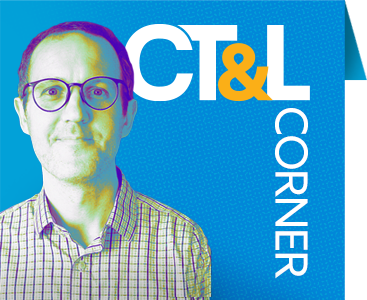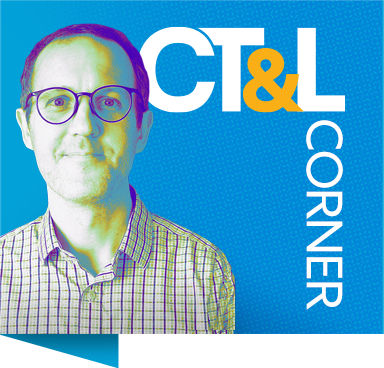It was the American chemist (and Nobel laureate) Linus Pauling who was quoted as saying: “If you want to have good ideas you must have many ideas.” This wisdom has been assimilated into business speak as “ideaflow.” Though it’s always struck me as a low-key flex (i.e., humble brag), musicians often talk about writing dozens (or, in some cases, well over 100) of songs that get pared down into an album of ten tracks, including CT&L Corner favorite, Carly Rae Jepsen.
Writing a lot of songs seems like the answer to the question of “how to write a lot of songs,” but is it an answer to the question of how to write a good song? For one answer, we turn to a story from Jerry Uelsmann, a photography instructor at the University of Florida (link to article):
… He divided the class in half, and told one half, “Your semester grade is a function of how spectacular of a photo you turn in. We are going to have a jury of photographers, and they’re going to rate the quality of your work. You have to turn in only a single photo, but it’s got to be truly exceptional to get an A.” To the other half of the class, he said, “Your semester grade is based on a different criteria. Instead of looking at the quality of your work, the jury is going to assess the quantity of your work. If you turn in more than 100 photos, you’ll get an A, no matter how bad’ they are.”
At the end of the semester, Uelsmann and his jury were amazed to discover two things. First, not a single student from the first half of the class got an A. None of the students whose job it was to take a spectacular photo did so! Second, many of the students in the second half of the class took photos that would have been graded an “A” if they had been judged according to the first group’s criteria.
This seems simple and direct. To quote the title of an article I found: “quality is the destination, quantity is the path.” Still, a few pedagogical questions emerge for me:
- How do you create an atmosphere where the ideas can flow?
- How do you sift through the ideas and identify what to pursue?
On that first question, we can look to psychology. Amy Edmondson’s research on psychological safety originates from concern about error reporting in the medical system (I also recommend her book, The Right Kind of Wrong): she found that zero tolerance environments didn’t have fewer errors, just fewer reported errors. Employees experienced less psychological safety, worrying that they’d be chastised for flagging errors. In the classroom, the question of how we create the conditions for students to feel safe “just trying things” without fear is one worth reflecting on. How do we reduce the cost of errors? Ungraded assignments are one option, as is creating an assignment where the assessment measure is quantity rather than quality.
On the question of how we sift through the ideas for the good stuff, we return to our Linus Pauling quote. While we need to have many ideas to have good ideas, “… Most of them will be wrong, and what you have to learn is which ones to throw away.” That’s where we’ll turn next, looking at Adam Moss’s book, The Work of Art: How Something Comes from Nothing.


